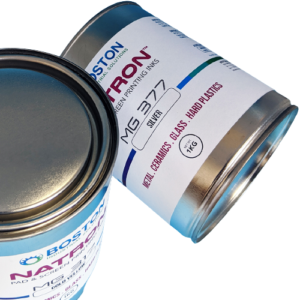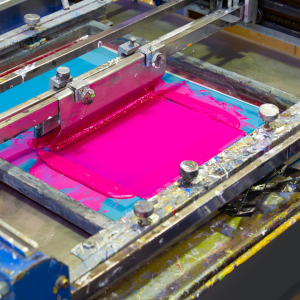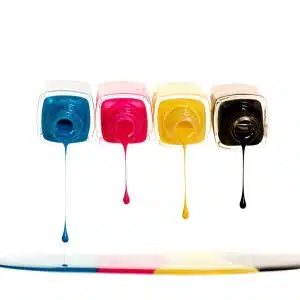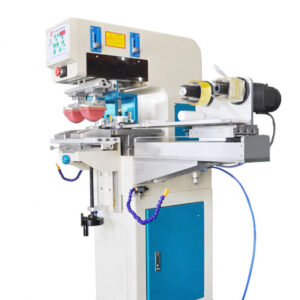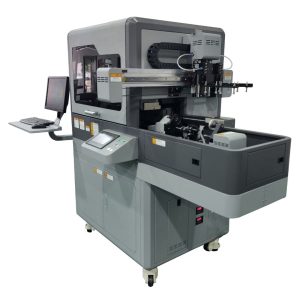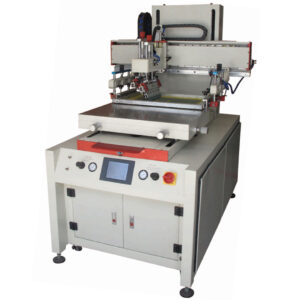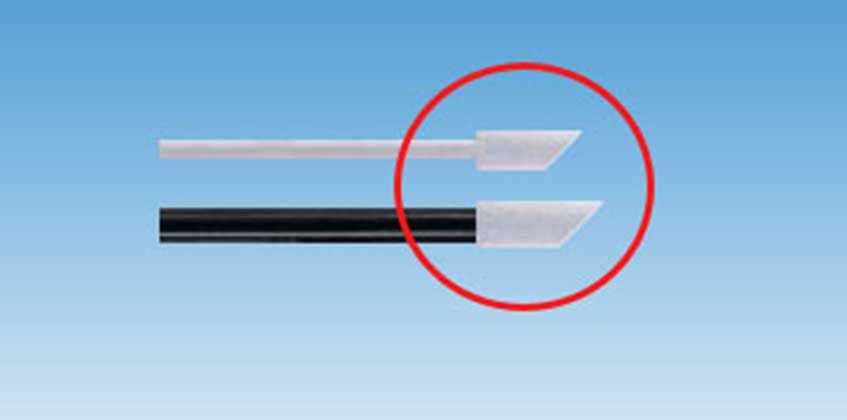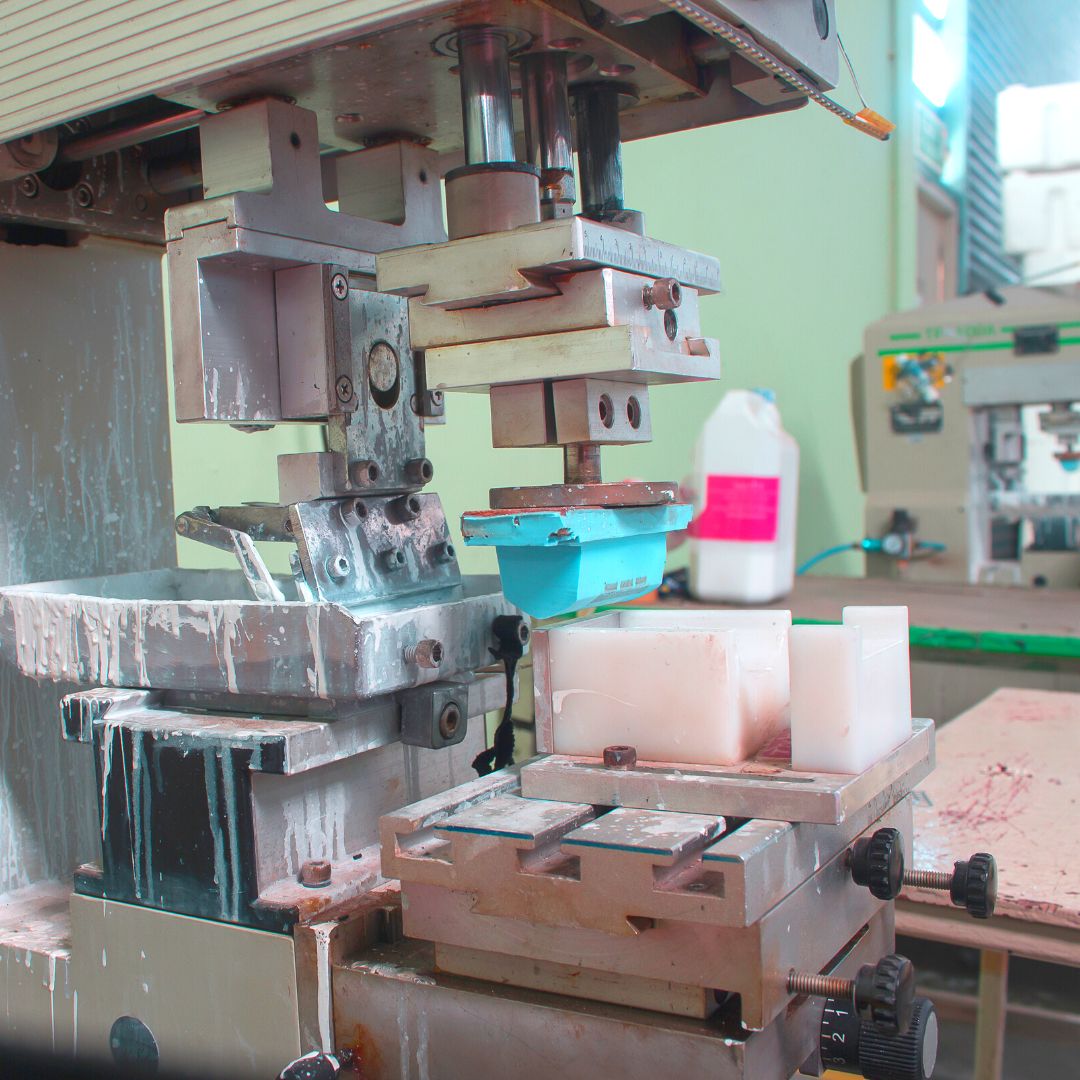What are pad printing fixtures?
Pad print tooling fixtures are tools for holding and positioning a part during the pad printing process. These tooling components play an important role in ensuring consistent, repeatable, and quality prints. Fixtures achieve this by securing the part in place. This is important because of the different forces between the silicone pad and the product during pad printing ink transfer. This ensures accurate and consistent printing. Depending on the intended use, there are simple and complex tooling options. The materials used to make these parts vary widely.
A pad printing machine has several parts that are critical for its operation. These pad printing supplies include the silicone pad, the printing plate (cliche), the ink cup, which has an ink cup ring, and the fixture known as tooling. A good tooling design accounts for proper support of the part. This support allows for repeatable part registration. In addition, it accounts for loading, unloading, and all the forces taking place during the print cycle, such as lateral and vertical movement forces and printing velocity. Lastly, the fixture design must account for any machine-inbuilt pretreatment, vision verification, and other systems.
Learn more about our industrial printing equipment
Importance of pad print tooling fixtures
There are several reasons why people choose pad printing over other printing methods. These are: cost-effectiveness, durability, precision, eco-friendliness, and versatility. Versatility: enable printers to mark or print on irregularly shaped and uneven surfaces. This is a feat not attainable with other printing methods. The ability to offer proper alignment and provide support to the printed part and area shows the importance of pad printing fixtures. For this reason, it is possible to print t-shirt neck labels, medical devices, toys, cosmetic containers, etc.
Different parts require different tooling because of the ability to tailor each tooling for a specific part, no matter the shape of the part. For this reason, proper tooling makes it possible to hold an odd-shaped part at the right angle and withstand the pressure of the silicon printing pad on impact.
Factors affecting the complexity of a fixture
Additionally, there are several factors that affect the design of pad printing fixtures. These factors include the part size, geometry, number of images to print, number of print locations, tolerances, part variants, vision inspection systems, pre- and post-preparation systems, system throughput, and the load and unload methods.
It is also important to remember that complex parts and multi-colored or detailed images with tight tolerances require highly machined and engineered solutions.In simple terms, design pad printing fixtures with the tool’s usability in the production environment in mind.
There are many industries that use the pad printing process to decorate, print, or mark their products. To accomplish this, custom tooling is necessary. There are common shapes for tooling, like the tagless fixture for t-shirt neck labels. This type of fixture looks the same across the world. On the other hand, tooling for drinkware varies depending on the size and shape of the part to be printed. Learn more about the Natron MG series pad printing ink for glass.
Lastly, it is important to discuss the types of materials for making pad printing tooling. Plastic, metal, wood, and nylon are all materials for making tooling.
Conclusion
Every day, many different applications are created for pad printing. With each new part, it calls for a specific tooling fixture. To learn more about tooling, our products, and how it can help make your printing successful, contact us today or follow us on YouTube or Instagram to learn more. Our goal is to help you succeed in your next pad printing project!


